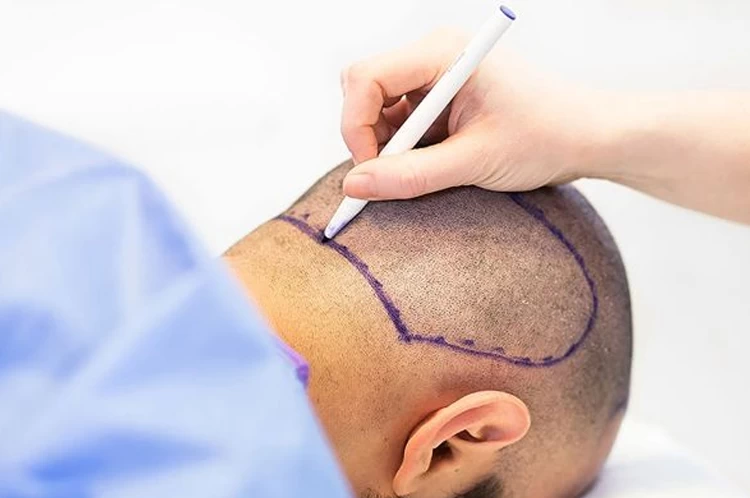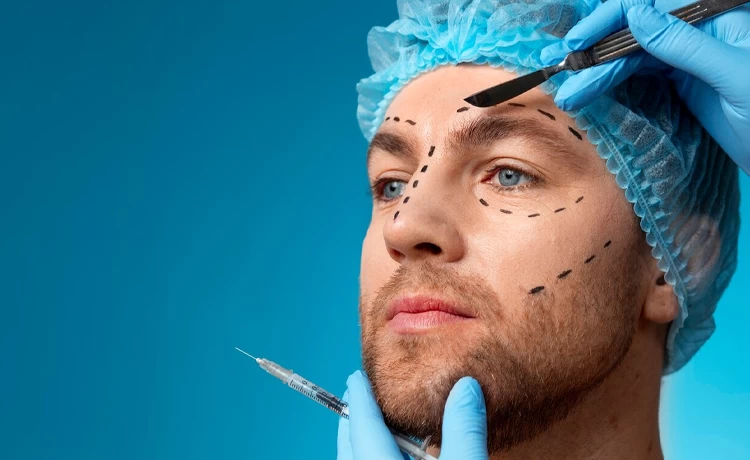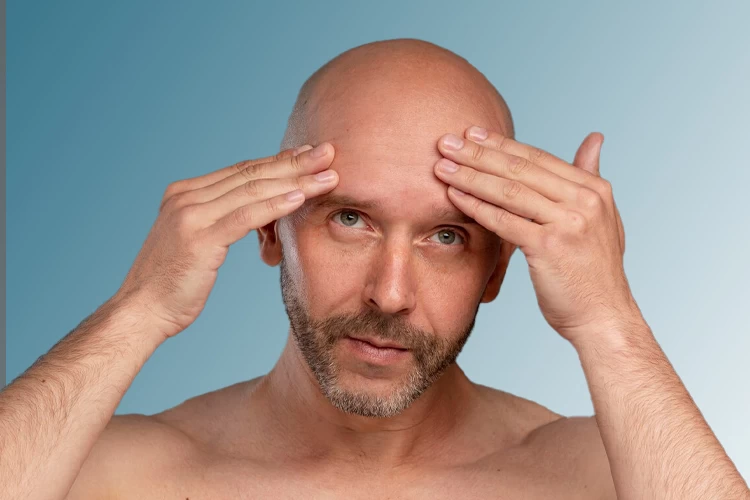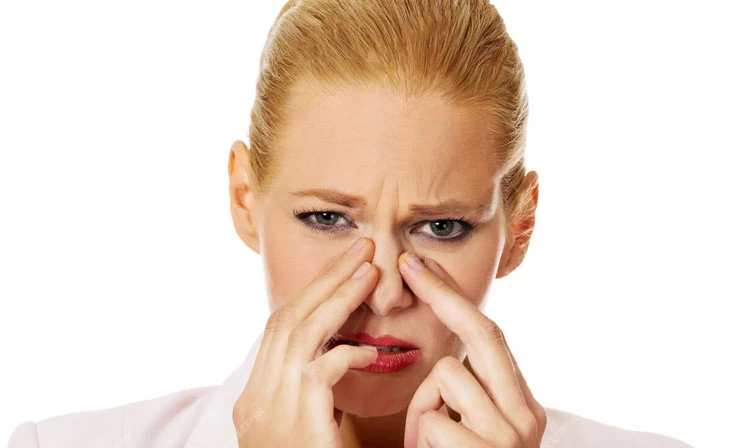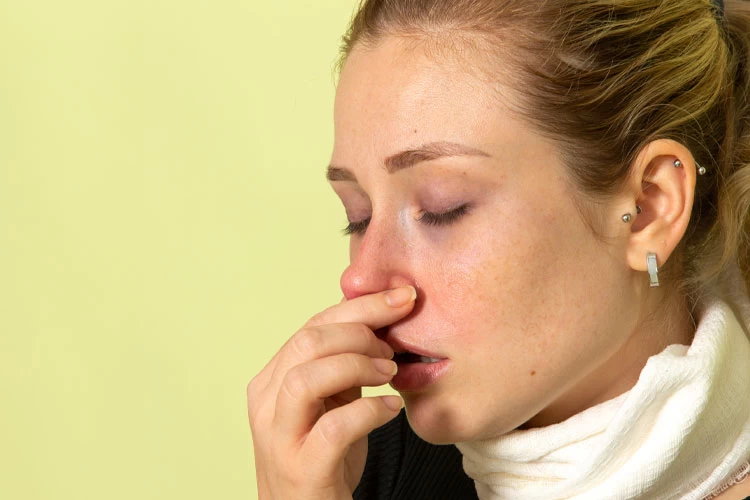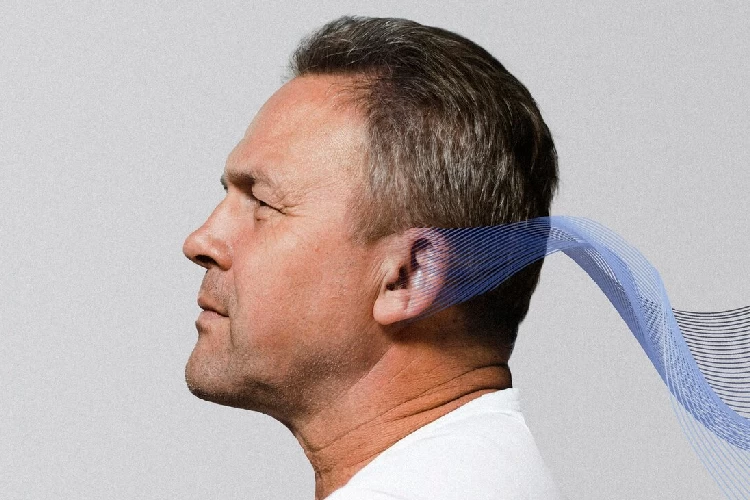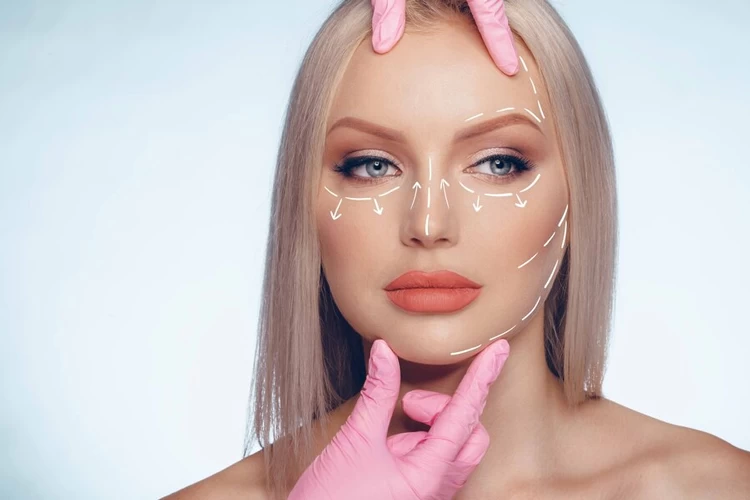Wearing a hat after a hair transplant surgery is highly advisable to protect the fragile grafts and promote optimal healing. This practice serves as a barrier against harmful elements like UV rays, dust, and other environmental irritants that could impede the recovery process. It is essential to choose headwear that is loose-fitting to prevent any unnecessary pressure on the scalp and ensure adequate airflow to avoid excessive sweating.
Swelling is a normal part of the hair transplant healing process and typically peaks around the third or fourth day after the surgery. To manage and reduce swelling post-surgery, patients should follow the surgeon's aftercare instructions, such as using prescribed medications, avoiding strenuous activities, and applying cold compresses to the affected area.
Facial Plastic Surgery represents a transformative domain within medical science, focusing on enhancing, reconstructing, or altering facial features. This specialized field merges the aesthetics of cosmetic procedures with the practical aspects of reconstructive surgery, catering to a wide array of facial modifications, from cosmetic enhancements to correcting congenital or trauma-induced anomalies.
The ideal age for a hair transplant varies based on factors such as the severity of hair loss, health status, and lifestyle behaviors. While many experts recommend that people consider the procedure in their late 20s to early 30s, consulting with a qualified specialist is crucial to assess your unique situation.
Hair transplant failure, a concerning issue in 2024, arises when transplanted hair doesn't grow as expected, leading to unsatisfactory aesthetic results or post-surgical complications. Factors contributing to failure include surgical techniques, patient characteristics, and unrealistic expectations. Successful outcomes depend on choosing skilled surgeons, understanding the nature of hair loss, and adhering to post-operative care.
Nose asymmetry after rhinoplasty is a complex issue involving physical and emotional aspects, requiring an understanding of surgical techniques, healing processes, and psychological well-being. Addressing it involves surgical and non-surgical corrections, patient satisfaction, swelling and scar tissue impact, and the importance of setting realistic expectations.
The guide provides insights into managing and preventing asymmetry, emphasizing the critical role of choosing a skilled surgeon, adhering to post-operative care, and exploring complementary procedures to achieve a balanced and satisfying outcome.
In rhinoplasty, the nose's structure is manipulated, so breathing problems are not surprising. Once the nasal swelling is down and the stitches are removed, you can breathe normally and easily through your nose. This process takes about 8 to 12 weeks, depending on your healing rate and the complexity of your procedure.
Nutrient and organic food after hair transplant surgery helps the new follicles grow faster and thicker. Add more protein, vitamins, and iron to your diet to help your body produce more blood cells, collagen, and keratin, three elements necessary for healthy skin and hair. It is also suggested that supplements and multivitamins be taken for a few months after hair restoration surgery.
Losing hair 2-3 weeks after a hair transplant is the body's normal response to the new hair grafts. Shock loss may last several months, but the hair follicles will eventually regrow 4 to 12 months after the initial hair shedding. In some cases, the plastic surgeon prescribes oral and topical medications to prevent hair thinning and increase the speed of hair growth.
Body and face plastic surgeries change your appearance greatly. So, they should be done by the hands of an experienced surgeon; otherwise, their results will be unpleasant and annoying. The best countries for plastic surgery in 2024 are Iran, Turkey, South Korea, the Czech Republic, Spain, Poland, and Greece.

